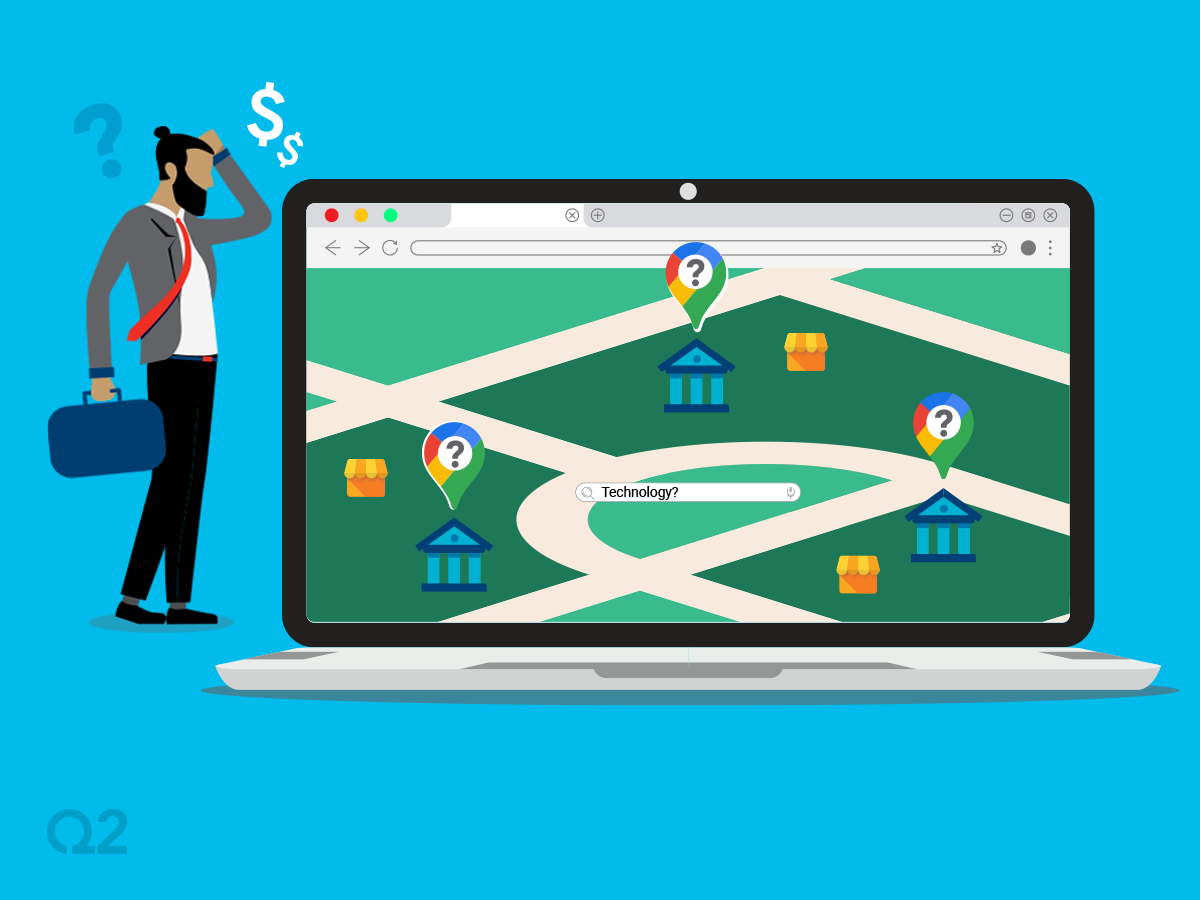Since last year, we’ve been hearing about Google entering the financial industry through partnerships with select banks—BBVA, BankMobile, BMO Harris, Coastal Community Bank, Citigroup, Stanford Federal Credit Union, State Employees Federal Credit Union, and First Independence Bank—so it can begin to offer banking services like checking accounts via Google Pay.
According to the Wall Street Journal:
“Google will soon offer checking accounts to consumers, becoming the latest Silicon Valley heavyweight to push into finance. The project, code-named Cache, is expected to launch next year with accounts run by Citigroup and a credit union at Stanford University, a tiny lender in Google’s backyard.”
Given that the entire financial services universe has been waiting for a tech titan to truly enter the space, what should we make of this news?
From what we can tell, Google is looking to build a streamlined front-end experience that would provide spending insights and personal financial management tools to its customers. It plans to launch this program in 2021.
Many in the industry have wondered why Google is doing this now. One theory is that Google is merely taking this approach to learn more about the financial industry – then will likely sever these relationships before rolling out its real product. But if Google is serious, it will need the ability to handle scale and coordinate its product across multiple technology platforms with relative ease.
Why is Google entering the banking industry?
- Increase platform engagement
- Solve specialized problems
- Grow product offering
- Gather new data sources
How can Google succeed?
Google doesn’t want to become its own bank just yet, so it needs to partner with strategic banks to handle the back end. But what else does it need to offer?
- Full integration with other Google products
- Beautiful, specialized experiences based on user data
- A business model that scales with growth
- A seamless tech platform that ensures ease of use and operation
In our experience, we’ve found that designing innovative financial products without being a bank requires a company to overcome two major hurdles:
- Sourcing an innovative, flexible, and creative bank partner(s) (which Google has done)
- Navigating that partner’s restrictive legacy technology and getting different systems to communicate at scale
Managing and integrating the legacy technology of multiple partner banks is going to be Google’s greatest challenge. For Google to succeed, it needs a single core technology on which to build its product. This model would allow them to leverage each bank’s specialization while having a consistent record or “source of truth” that ties it all together and allows for intuitive, modular development.
With the imminent release of its banking product, Google will impact the course of the financial industry for years to come. The technological and customer requirements are clear—what will be interesting is how Google decides to address them.
Related Resource:
At Q2, we’ve rearchitected the entire banking stack to help you create the next generation of banking. We’ve done this by providing a cloud-based, open-API ledger that solves a range of challenges for any company that wants to offer banking services without being a bank. Learn more about Q2’s Banking as a Service solution.





